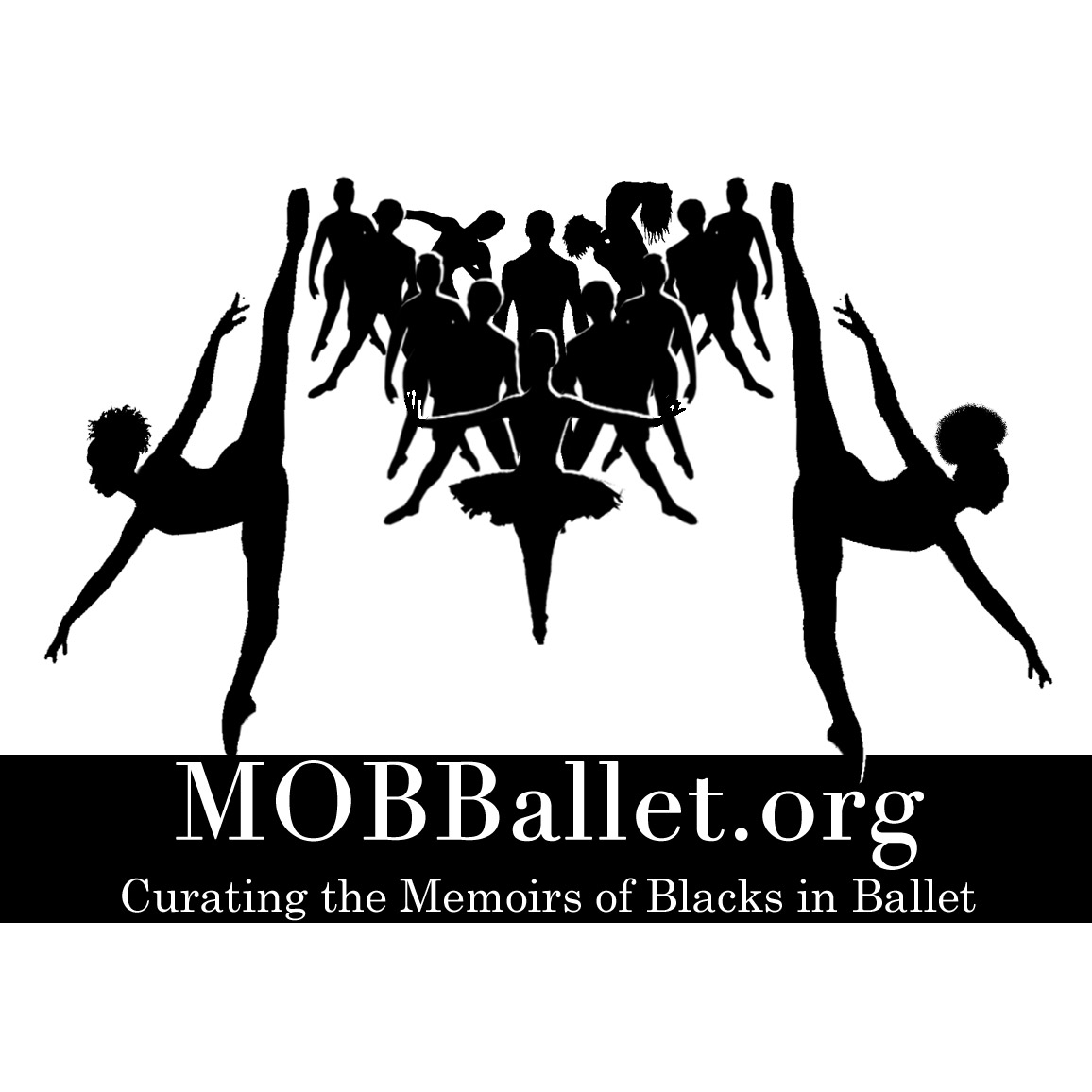Marion Cuyjet, Antony Tudor, and the Philadelphia Ballet Guild


When Antony Tudor came to Philadelphia, he was one of the few white teachers willing to teach Black students, making him one of the first (along with Thomas Cannon soon after) to “break this barrier in Philadelphia” (Gottschild 45).
Many of Marion Cuyjet’s students took class with Tudor as well, including Delores Browne, Judith Jamison, Frances Jimenez, Joan Myers Brown, and John Jones, among others. (Sydney King, Cuyjet’s former business partner, also had students in common with Tudor, among them Billy Wilson.)
For years Tudor taught classes and worked with dancers of color, offering them mentorship and career advice without prejudice. Tudor’s weekly classes were hosted by The Philadelphia Ballet Guild for select students. The Sunday classes were all-day events where Tudor acknowledged them, gave corrections, and even asked these students to demonstrate. Joan Myers Brown suspects it was because he was English and not American that race was less of a factor in his mind. When the white male dancers refused to partner Brown, he was her partner:
“Look at me!” I thought, “Sleeping Beauty pas de deux with Antony Tudor. Other girls were mad. I only got to be his partner because no one else would be my partner. By that time, I was in love with ballet. I was in love with Mr. Tudor. I loved ballet, the feeling of accomplishment of learning the skill, of learning the technique.
Because of Tudor’s acceptance of the colored students, others in the class (both male and female) thawed and became accustomed to having them in class. Brown was incredulous when he asked her to perform in Les Sylphides for a performance at the Philadelphia Academy of Music. Delores Browne also performed in Tudor’s company, giving him a part in fulfilling one of Cuyjet’s biggest dreams: to help form the careers of Black ballet dancers.
Sources:
Gottschild, Brenda Dixon. Joan Myers Brown & the Audacious Hope of the Black Ballerina: A Biohistory of American Performance. United Kingdom, Palgrave Macmillan, 2012.
Frances Jimenez, 87, former ballet dancer, The Philadelphia Tribune
And Still They Rose: Joan Myers Rose, MoBBallet
Sydney King and Marion Cuyjet, MoBBallet
Betty Nichols and Antony Tudor
Following the production, Tudor and Nichols maintained a friendship.
Sources:
St. Louis Woman, Playbill
Betty Nichols – Black History Month in Dance, Alastair Macaulay
More about Antony Tudor

Born William Cook on April 4, 1908, Antony Tudor was raised in Finsbury in East London. Though his working-class family was not particularly involved in the arts, Tudor’s mother taught him to play the piano, and he would attend vaudeville shows with his father. After a random encounter with a dance lesson, Tudor started attending performing arts classes and working as an actor.
It wasn’t until 1926/27 that Tudor first saw a professional ballet performance, and a few years later he decided to take his training more seriously. Seeking a teacher who would help him become a professional, he approached Marie Rambert and was immediately asked to join her company. Tudor juggled his job at the Smithfield Meat Market with evening ballet classes, paid for by working at Rambert’s school.
Tudor’s professional debut was with the English Opera Company in 1929, followed by performances with Rambert’s company in Frederick Ashton’s Capriol Suite and Michel Fokine’s Le Carnaval. Knowing that he preferred choreography to dancing, Tudor became the secretary of Rambert’s Ballet Club and made sure that he would be able to create ballets in this role. After the success of his first piece Cross-Garter’d, he went on to create numerous works throughout the years. Some of his most notable works were Lysistrata (1932), Jardin aux Lilacs (1936), and Dark Elegies (1937). Tudor later started Dance Theater with Agnes de Mille followed by The London Ballet, a successful venture that ended when he was asked to work with Ballet Theatre (now American Ballet Theatre) in the US. He was soon restaging his pieces in New York, creating works for companies like Ballet Caravan, choreographing in Hollywood, and becoming the artistic administrator of Ballet Theatre in 1946 and director of the Metropolitan Opera Ballet in 1950. Tudor worked for New York City Ballet before creating Offenbach in the Underworld in Philadelphia in 1954. His final piece The Leaves are Fading, created while Tudor was the associate director of ABT, was created in 1975 and is considered autobiographical.
Tudor passed away on April 19, 1987 at the age of 79 in New York.
Sources:
Antony Tudor: Life and Legacy, Antony Tudor Ballet Trust
Antony Tudor, Wikipedia
More about the Philadelphia Ballet Guild
After Antony Tudor came to Philadelphia, Pennsylvania in the mid-1950s to create Offenbach in the Underworld, he established the Philadelphia Ballet Guild. This company was considered a “forerunner” to the Pennsylvania Ballet (now called Philadelphia Ballet) and “experimental,” performing pieces with political themes. Dancers with the company included Joan Myers Brown and Billy Wilson.
Sources:
Antony Tudor: Life and Legacy, Antony Tudor Ballet Trust
Protest Marches Trippingly, The Philadelphia Inquirer
For a quarter century, Philadanco fueled by its founder’s energy, The Philadelphia Inquirer
‘Bubbling Brown Sugar’: Black chic, The Morning News

Written and/or compiled by Mad Crawford

